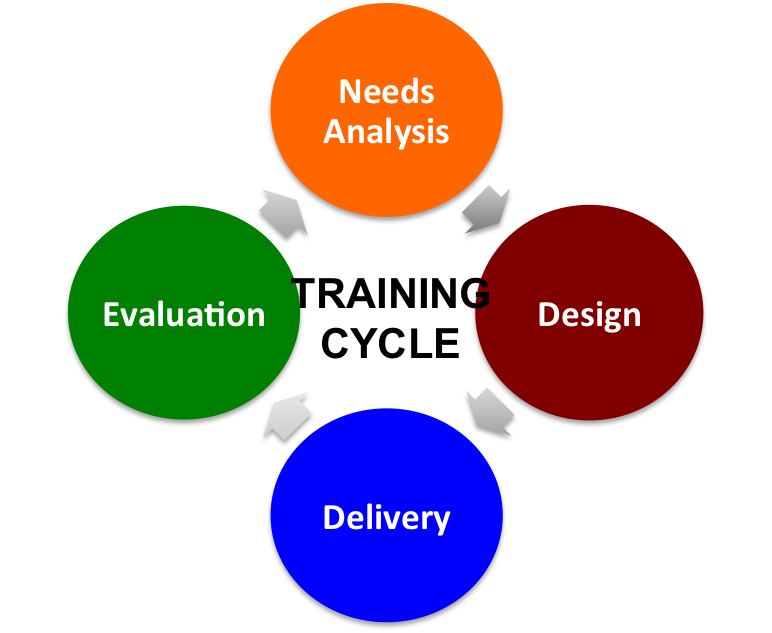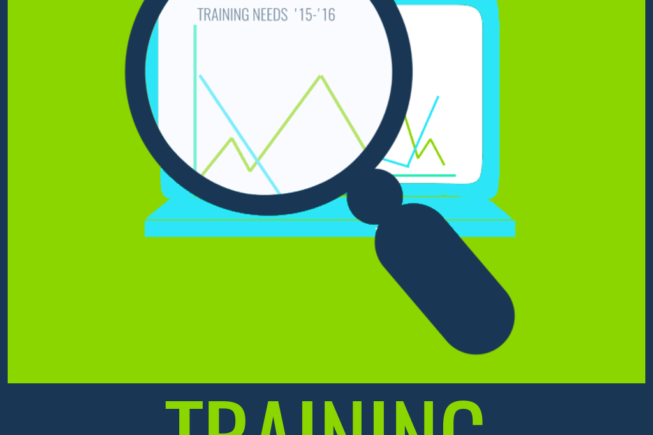Organizations are there to perform and even better in the upcoming years. The critical component of performance as regards as any organization is its employees. Organizations do have its goals and targets to achieve, whether it is quarterly or yearly. Hence, the organizations do have expectations about the performance of the employees, as the organizations need to be driven ahead for better turnover and profitability. However, if the organizational performance or the occupational performance does not reach out to the excepted levels, it is recommended to carry out a TNA or training need analysis. The TNA is a systematic method for determining what caused the performance to be less than the expected.

TNA concept begins by identifying the performance gap (PG).
PG= EP- AP
Where EP= Expected performance and AP= Actual performance.
The performance gap would have evolved as a result of certain competency issues. The competency factors which can be improved through training are further identified and focussed upon. This includes identifying and analysing the extent of the deficiencies or gaps with respect to skills, knowledge and attitude. There are different methods like observation, interviews, group discussions, tests, appraisals and job analysis to identify the gaps. This study and analysis determines the gap between the current ability and the expected ability, in terms of skill, knowledge and attitude.
The TNA should target the correct employees, identify the correct competency gaps and also understand the business expectations and objectives. Hence, TNA is also an approach for determining the correct training needs of an organization and devising methodologies to deliver the trainings effectively to ensure far better returns through the employees.
The TNA further address the following matters.
- What kind of training is needed?
- Why is the training needed?
- Who needs the training?
- What would be the duration of the training?
- What would be the best practices to conduct the training?
- What would be the impact on business after the conduct of the training?
- What does the cost benefit analysis about the conduct of the training reveal?
- What tools are used to collect feedback and evaluate the training?
If you feel that your organization does not have the expected pace, it is time to carry out TNA and gear up for trainings.


